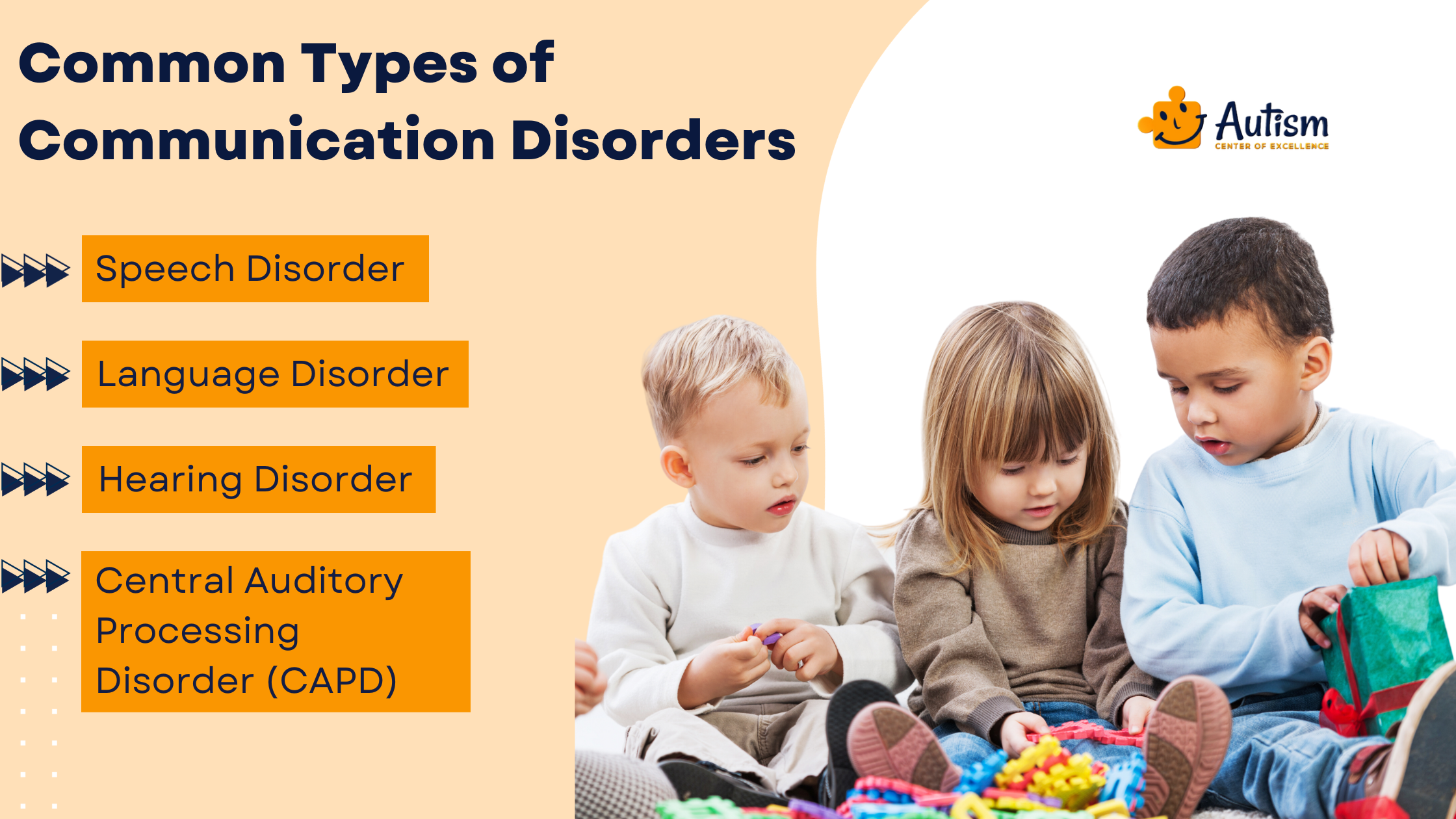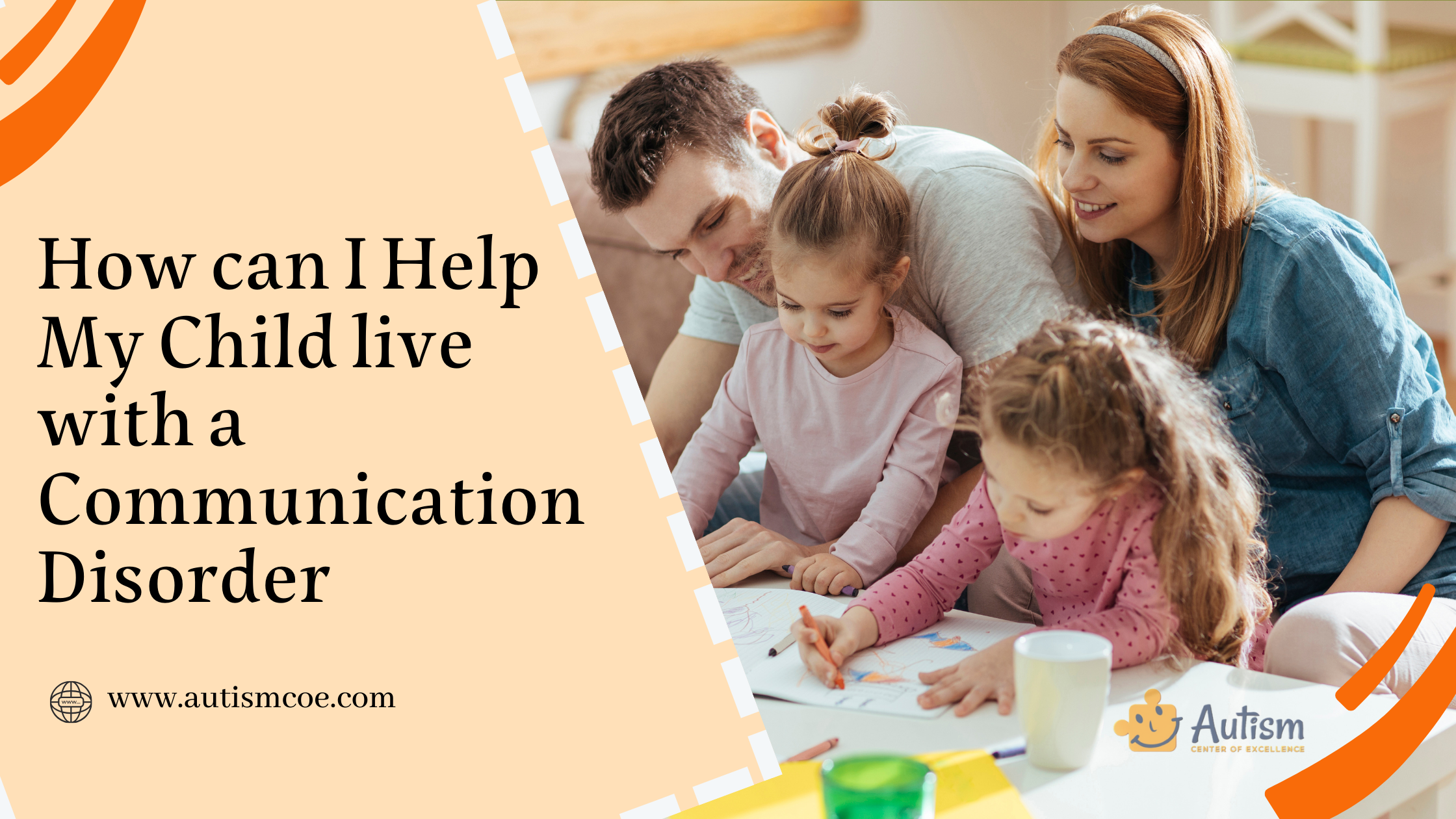Unit 24: ABA Therapy for School Readiness in Children with Communication Disorders

Every children should have a chance to overcome the hurdles of school feeling comfortable in a world where effective communication is a must. Applied Behavior Analysis (ABA) stands out as a personal roadmap that opens up possibilities and promotes development in children with communication difficulties.
Being aware of the crucial role of School Readiness, we take a close look at the specific challenges that children with communication disorders have. School Readiness is more than a list; it is a compass that directs a child through the learning, social interactions, and personal development maze.
This blog is designed to give parents, educators, and caregivers the details they need regarding how effective ABA Principles are in preparing students for academic settings. We enlighten ourselves through knowledge, nurture through love, and build a world where every child’s voice is heard by shining the light at the crossroads of ABA and school readiness.

What are Some Common Types of Communication Disorders?
According to the American Speech-Language-Hearing Association (ASHA), communication disorders are a group of conditions involving problems with receiving, processing, sending, and comprehending various forms of information and communication. The ASHA classifies communication disorders into four groups:
⭐ Speech disorder weakens a person’s ability to produce speech sounds. These factors may affect fluency, which refers to the speed, rhythm, and continuity of speech, or voice, which refers to the pitch, loudness, or length of speech.
⭐ Language disorder causes a problem in understanding or using spoken, written, or other symbol systems. They could relate to issues with phonology (the sounds that constitute language systems and the principles upon which sound permutations are based), morphology (the form and formation of words), syntax (word arrangement, order as well as co-ordination in sentences), language content (the interpretation of words and sentences), or language function (using and understanding language based on interactional context and beyond its literal meaning).
⭐ Hearing disorder is a consequence of the deficiency of the auditory system in being sensitive. They are problems of detecting, recognizing, discriminating, understanding, and discriminating of auditory information. A person who suffers from hearing impairment can be deaf or hard of hearing.
⭐ Central auditory processing disorder (CAPD) can be explained as a problem in processing auditory information in the brain area which interprets auditory signals.
What are Some Causes of Communication Disorders?
Communication disorders is the name of the group of conditions that prohibit a person from communicating properly. They can affect hearing, language, and speaking. There are many possible causes of communication disorders, but some of the most common ones are:
Exposure to Toxins and Substances while in the Womb.
Some researchers propose that children who were exposed to alcohol, tobacco, drugs, or other chemicals during pregnancy have the risk of developing communication disorders which is one of the problems of society nowadays.
Traumatic Brain Injuries or Tumors in the Brain area Responsible for Communication.
Injuries to the areas of the brain that regulate speech, language, and hearing may cause communication problems. For instance, some injuries or tumors include stroke, meningitis, head trauma, or acoustic neuroma.
Genetic Factors
Some communication disorders may run in families or be influenced by certain genes. For example, Down syndrome is associated with increased risk of speech and language delays3.
Cleft Lip or Palate
This is a defect of birth and happens when the upper lip or roof of the mouth does not fuse correctly during production. It may impact speech production and understanding by disrupting the creation of sounds and constructs in the mouth.
Some of the potential factors of communication disorders are just mentioned. The presence of other factors also depends on the type and severity of the disorder. If you or someone that you know is suspected to have a communication disorder, it is essential to get professional help from AutismCOE. Our team of professionals, which consists of audiologists, speech-language pathologists, and neurologists, aims to support children suffering from communication disorders in reaching their goals. Contact AutismCOE to get professional help and guidance in supporting your child’s communication development.
Join Our Weekly Newsletters!
Subscribe now to stay updated with our latest email updates.
Some ABA Therapy Treatments for Communication Disorders?
Speech-language pathologists provide the treatment for communication disorders. The type of the communication disorder and its severity will determine the particular approach. Treatment usually includes the whole family as well as other medical professionals and teachers for very personalized treatment. If the purpose is remediation, the speech pathologist’s task is to develop and maintain skills, while if the purpose is to compensate, other forms of communication, like augmentative and alternative communication (AAC) or sign language, are taught.
Some of the possible treatments for communication disorders are:
🧒 Speech Therapy:
This is a method of therapy that enables people to indulge in increasing their speech production, fluency, voice quality, and articulation. Voice Disorder and stammering individuals may also benefit from Speech Therapy.
🧒 Language Therapy:
It is a kind of therapy that seeks to improve the person’s language comprehension, expression, vocabulary, grammar, and pragmatics. Moreover, language therapy is helpful for people with aphasia (what follows in the wake of brain injury) or specific language impairment (the disorders that occur in language development).
🧒 Hearing Therapy:
It is a healing approach that improves the listening of individuals and reduces the use of hearing aids or cochlear implants. Hearing therapy also works well for patients with auditory processing disorder characterized by failure of the brain to perceive the sound properly or sensorineural hearing loss which is about inner ear damage or hearing problems due to the damaged nerves.
🧒 Social Skills Training.
It is an approach aimed at promoting social interaction, communication, and behavior skills in people. In patients with Asperger syndrome and attention-deficit/hyperactivity disorder, social skills training is also effective, the former being a disorder of social communication and behavior, and the latter of attention and impulsivity.

How can I Help My Child Live with a Communication Disorder?
Support for a child who has a communication disorder is important for his or her health and growth. Here are some ways you can assist your child:
✅ Early Intervention: Get professional assistance as soon as you can. The early prevention can bring about significant improvement. Get consultations with speech-language pathologists, audiologists, and other experts to develop an Individualized Plan for Your Child.
✅ Patience and Empathy: appreciate the fact that Communication Challenges May Be Irritating for Your Child. Be Patient and Empathetic. Support Them to Communicate in Their Own Style, Even If It Is Nonverbal.
✅ Create a Supportive Environment:
- Encourage Communication: Open up the communication. Talk, Read, and Interact in Games.
- Visual Aids: Utilize visual aids such as picture cards, sign language, or communication boards to assist with comprehension.
- Reduce Noise: Reduce the Level of Background Noise to Support Your Child’s Listening.
✅ Model Effective Communication:
- Act as a Good Example. Employ Clear Speech, Correct Grammar, and Active Listening.
- Encourage Turn-Taking During Conversations.
✅ Build Social Skills:
- Learn Social Cues, Greetings, and Appropriate Responses.
- Plan Playdates to Develop Social Skills in Your Child.
✅ Advocate for Your Child:
- Collaborate with Teachers, Therapists, and School Staff to Meet Your Child’s Needs.
- Participate In Individualized Education Program (IEP) Meetings And Advocate For Required Accommodations.
✅ Celebrate Progress:
- Celebrate Small Achievements. Acknowledge both verbal and nonverbal communicative gestures.
- Promote Resilience and Optimism.
At AutismCOE, our professional team, comprising of audiologists, speech-language pathologists, and neurologists, is focused on assisting children with communication disorders to attain their goals, in the process developing not only their communication abilities but also their School Readiness. Keep in mind that every child is unique and the need may differ. Expert counsel from AutismCOE could help you mold your approach to your child’s particular communication disorder, making sure they are school-ready and also beyond. Their love, patience, and support will greatly impact their improvement in communication and readiness for educational challenges.
Frequently Asked Questions & Answer
How Can I Help My Child with Social Communication Disorder?
On the other hand, speech and language therapy and social skills training can help children with social communication disorders to communicate with ease.
How are Communication Disorders Treated in a Child?
Most of the children with these conditions receive a referral to a speech–language pathologist. This is a speech therapist who deals with these children. The referral for a child psychiatrist may also be given to your child. This is even truer if the child has emotional or behavioral problems.
Why is Communication Skills Important for School Readiness?
Communication is a fundamental skill for future academic achievements. Children will have to comprehend what the teachers say, put across their own ideas, and read and write in school.
Why are Communication Skills Important in Early Childhood?
Children use communication skills in learning, socialization, emotion sharing, and participation in daily activities. Communication impairments may be caused by cognitive and/or physical disabilities in some children who cannot talk or comprehend what is said to them.
Conclusion
At AutismCOE, our goal is to help children with communication disorders. Our team is comprised of well-trained audiologists, speech-language pathologists, and neurologists who provide individualized care with a focus on results. ABA has been a part of several transforming success stories. We aim to treat communication disorders in children with developmental delay and ASD. AutismCOE cherishes every child’s uniqueness and is committed to brightening their road to achievement.
Please Note: The content of this blog is for informational purposes only and should not be considered a substitute for professional medical advice, diagnosis, or treatment. Consult a qualified healthcare professional for personalized guidance tailored to your specific situation.

Bhavika Bhasin
Bhavika Bhasin is the Research and Marketing officer at AutismCOE. She works with children and adults with ASD. Her clinical research includes evaluating various available autism screening and diagnosis methods and their efficacy. She is currently developing a novel screening exam that is indicated to be more accurate than the existing available exams. She is also writes articles papers for various publications.

